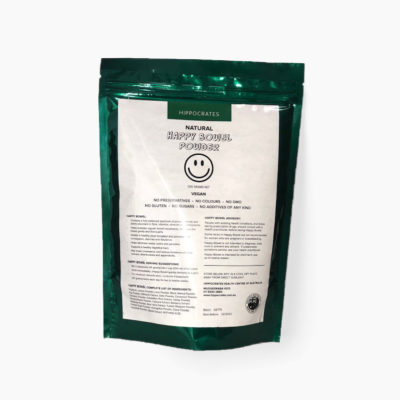
Diet and Drugs are the Problem
Addiction begins with sugar, and creates patterns of addictive behaviors not recognized as caused by sugar. However, these behaviors make parents, doctors, and the kids themselves think they need drugs to suppress these symptoms. (Dr. Abram Hoffer wrote many decades ago that sugar is addictive as cocaine.)
Kids are given ADHD drugs, sometimes as early as kindergarten, and then move on to antidepressants and antipsychotics in high school. In nutritional medicine we have always known the cause of ADHD. You can go to PubMed and find the research that’s been done on sugar and junk food and how removing it helps children and young adults get their minds back on track.
See the work of Dr. Stephen Schoenthaler, a California criminologist, who conducted diet research in children for almost 30 years. His original seminal studies eliminated sugar and junk foods from the lunch programs of one million school children in over eight hundred New York schools during a seven-year period (1976-1983).
Learning performance was established first, and then in 1979, diet changes were introduced. High sucrose foods were gradually eliminated or reduced, and there was a gradual elimination of synthetic colors and flavors and preservatives BHA and BHT. There was a 15.7% gain (from 39.2% to 55%) in learning ability compared with other schools during the years in which these changes in diet were introduced. Schoenthaler also noted that out of approximately 124,000 children who, before the dietary changes, were unable to learn grammar and mathematics, 75,000 were able to perform these basic tasks after dietary changes alone.
Barbara Griggs, in her book The Food Factor, says research has established that the hyperactive baby of today is highly likely to grow up into tomorrow’s problem child: delinquent, drop-out, “junkie,” or even criminal.
The Los Angeles CountyProbation Department, after reviewing the evidence in Alexander Schauss’s Diet, Crime and Delinquency, has banned candy, soda, chocolate, sugar and refined flour products from its juvenile centers. Schuss says “…when a person is placed on a good diet, at least it gives him or her the chemistry to respond to direction, information and education. There have been a lot of programs, a lot of studies, and not one of them has failed to show substantial results.”
Schoenthaler was asked to design a study to see what results this controversial move had produced. After two years, there was startling evidence supporting the continuation of the ban on junk foods: among 1,382 inmates in three juvenile institutions, the incidence of anti-social behavior had dropped by 44%! This was very exciting evidence for the diet-behavior connection, because the changes, involving children with histories of strong anti-social behavior, were so noticeably demonstrated.
The greatest reductions were seen in: repeat offenders (86%), narcotics offenders (72%), rape offenders (62%), burglars (59%), murderers (47%) and assault offenders (43%). The second part of his study followed 289 juvenile delinquents at three juvenile rehabilitation camps. They exhibited a 54% reduction in antisocial behavior after sugar consumption was reduced.
A similar Alabama Diet Behavior study by Schoenthaler observed 488 incarcerated delinquents for 22 months. The decline in antisocial behavior resulting from reduction in sugar consumption ranged from a low of 17% to a high of 53% (an average of 45%) depending upon gender, race and type of offender.
Much of the first information about diet and behavior was provided by Barbara Reed, who observed the diet-behavior connection as a probation officer in Ohio beginning in 1973. She gave her clients a questionnaire regarding diet and instructed them to restrict their choices to lean meat, fresh or frozen fruit, fruit juices, vegetables, herb teas, milk, nuts, seeds and cold-pressed oils. They were strictly forbidden white sugar, white flour (and any product made with either, such as pastries, etc.) soda pop and cola, processed foods, and alcohol.
By 1975, the probation department, recognizing the effects of these dietary changes, was sending its worst cases to Mrs. Reed, with an injunction from the court in some cases to choose “jail or diet.” She told the US Congress that out of the 252 prisoners she had put on the diet, none of those who stayed on the diet had been back in court. The physical as well as mental improvement in some of her clients has been dramatic.
Our schools/medical complex had every chance to follow up on this diet and behavior research to save our kids, but we didn’t. We embraced the drug route to suppress the behavior caused by a bad diet. Yet the mainstream media continues to ignore the fact that every school shooter for the past several decades has been on psychiatric drugs. Antidepressants actually remove the apathy of depression, which results in just enough motivation for someone to committee homicide or suicide, and the drug companies know this.
What we truly need for our abandoned, neglected, and poorly fed kids is good food, good after school programs and work programs. We need goals and roles for kids, not more wasted time with social media.




